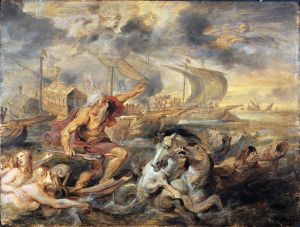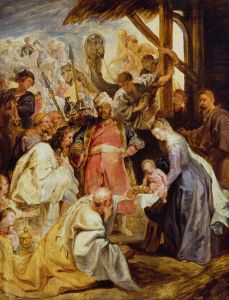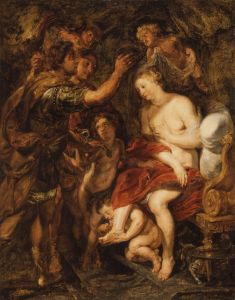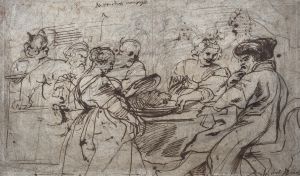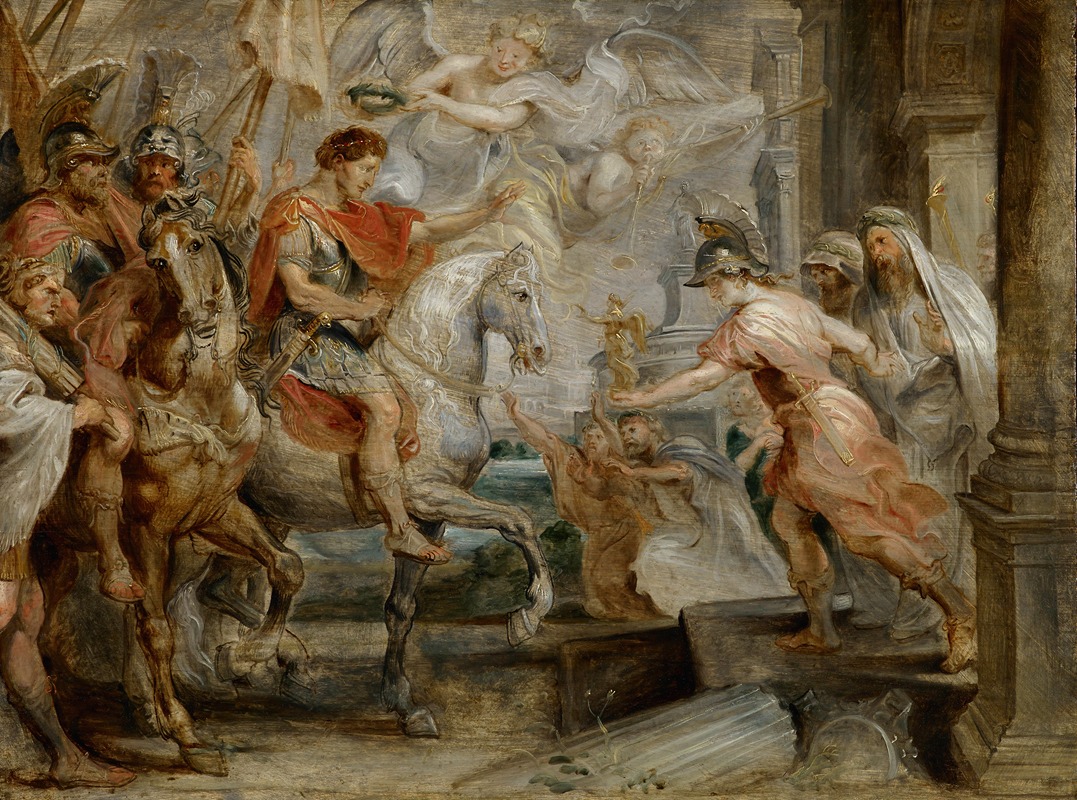
Triumphant Entry Of Constantine Into Rome
A hand-painted replica of Peter Paul Rubens’s masterpiece Triumphant Entry Of Constantine Into Rome, meticulously crafted by professional artists to capture the true essence of the original. Each piece is created with museum-quality canvas and rare mineral pigments, carefully painted by experienced artists with delicate brushstrokes and rich, layered colors to perfectly recreate the texture of the original artwork. Unlike machine-printed reproductions, this hand-painted version brings the painting to life, infused with the artist’s emotions and skill in every stroke. Whether for personal collection or home decoration, it instantly elevates the artistic atmosphere of any space.
The painting Triumphant Entry of Constantine into Rome is attributed to the Flemish Baroque artist Peter Paul Rubens (1577–1640). Rubens is renowned for his dynamic compositions, vibrant use of color, and ability to depict dramatic historical and mythological scenes. This particular work is believed to have been created as part of a series of large-scale paintings commissioned to celebrate the life and achievements of Emperor Constantine the Great, the first Roman emperor to convert to Christianity.
The painting depicts Constantine's victorious entry into Rome after his triumph at the Battle of the Milvian Bridge in 312 CE. This battle was a pivotal moment in Roman history, as Constantine defeated his rival Maxentius and secured his position as the sole ruler of the Western Roman Empire. According to historical accounts, Constantine attributed his victory to divine intervention, having reportedly seen a vision of a Christian symbol (the Chi-Rho) accompanied by the words "In this sign, you will conquer." This event marked the beginning of Constantine's support for Christianity, which would later lead to the Edict of Milan in 313 CE, granting religious tolerance throughout the empire.
In Rubens' depiction, the scene is filled with movement and grandeur, characteristic of his Baroque style. Constantine is shown entering the city in a triumphal procession, surrounded by soldiers, banners, and cheering crowds. The composition emphasizes the emperor's authority and divine favor, with dramatic lighting and dynamic poses that convey a sense of energy and celebration. Rubens often incorporated classical and Christian symbolism into his works, and this painting is no exception, as it reflects both the historical significance of Constantine's victory and his role in the spread of Christianity.
The painting was likely part of a series commissioned by the French queen regent Marie de' Medici or another prominent patron of Rubens' time. Rubens frequently worked on large-scale commissions for royal and noble patrons, creating works that celebrated their power, lineage, and historical achievements. While the exact details of the commission for this painting are not fully documented, it aligns with Rubens' broader body of work, which often included historical and allegorical themes.
Today, Triumphant Entry of Constantine into Rome is recognized as an example of Rubens' mastery in combining historical narrative with artistic grandeur. The painting reflects both the historical importance of Constantine's reign and Rubens' ability to bring such moments to life through his art.







